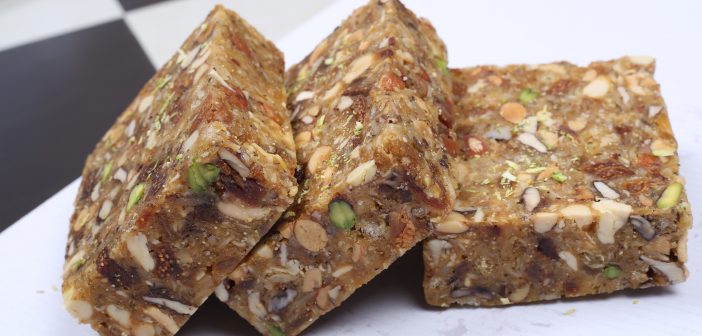Nestled amidst the rolling hills of Karnataka, the town of Gokak holds a special place in the culinary map of India. Beyond its captivating waterfalls and rich heritage, Gokak boasts a unique sweet – the Kardant – a delightful treat that has tantalized taste buds for generations. This article delves into the fascinating history of Kardant, exploring its variants, intriguing facts, and the reasons why it remains a cherished part of Karnataka’s culinary tradition.
A Legacy Steeped in Tradition: The Origins of Kardant
The exact origin of Kardant remains shrouded in a veil of time, with stories passed down through generations. One popular narrative traces its beginnings back to the pre-independence era, crediting a local sweet maker named Dundappajja Kalaburgi. His simple concoction of gram flour, jaggery, and peanuts is believed to have laid the foundation for the beloved Kardant [Deccan Herald, “Karadantu of Gokak”].
Another account suggests Kardant’s lineage might be even older, with influences from ancient Indian sweet-making practices. The use of edible gum (gondh) as a key ingredient aligns with historical records of similar sweets enjoyed in different regions of India [Further research required on historical records of similar sweets].
The Sweet Symphony of Flavors: Exploring Kardant Variants
Kardant’s essence lies in the symphony of textures and flavors it offers. The base ingredient is edible gum, a translucent, tree-derived resin known for its adhesive properties. When cooked with ghee (clarified butter) and sugar (traditionally jaggery), it transforms into a chewy, golden-brown mass. This forms the core of the Kardant, and depending on the variant, a delightful array of ingredients are incorporated:
- Classic Kardant: This original version features a combination of dry fruits like raisins, cashews, and almonds, along with peanuts. The contrasting textures of the chewy gum base and the crunchy nuts create a delightful sensory experience.
- Amingad Kardant: This variant, originating from the nearby town of Amingad, boasts a richer flavor profile. Sesame seeds are often added to the mix, lending a nutty aroma and subtle bitterness that complements the sweetness.
- Spicy Kardant: For those seeking a kick, a version incorporating chopped green chilies is available. This adds a surprising zing to the traditional sweet, creating a unique flavor combination.
- Dry Fruit Extravaganza: Some variations go all out with a luxurious assortment of dry fruits, including pistachios, dates, and figs. These premium Kardants are often reserved for special occasions and celebrations.
Beyond the Flavor: Intriguing Facts about Kardant
The allure of Kardant extends beyond its taste. Here are some interesting facts that add to its mystique:
- The Art of Making Kardant: Traditionally, the process of preparing Kardant is considered an art form. Skilled artisans possess the knowledge of the exact proportions of ingredients and the meticulous cooking techniques required to achieve the perfect texture and golden color.
- The Power of Ghee: Ghee plays a crucial role in the Kardant-making process. Not only does it add a rich flavor, but it also contributes to the sweet’s long shelf life, making it an ideal travel companion for journeys.
- A Symbol of Hospitality: Gokak’s Kardant is often offered to guests as a gesture of warmth and hospitality. Sharing this delectable treat signifies respect and strengthens social bonds within the community.
A Legacy Carried Forward: The Future of Kardant
Despite the rise of modern desserts, Kardant continues to hold a special place in the hearts of Kannadigas (people from Karnataka). Here’s how this traditional sweet is ensuring its survival in the 21st century:
- Family Traditions: The art of Kardant making is often passed down through generations within families. This ensures the preservation of the unique techniques and recipes.
- Modern Adaptations: Some Kardant makers are experimenting with new ingredients and flavors, catering to evolving preferences while staying true to the core recipe.
- Wider Availability: Today, Kardant is no longer confined to Gokak. It’s available in various parts of Karnataka, and online platforms even facilitate nationwide delivery.
Conclusion: A Taste of Tradition
The Kardant of Gokak is more than just a sweet; it’s a delectable link to the town’s rich heritage. Each bite offers a glimpse into the culinary practices of generations past, a testament to the enduring legacy of Indian sweets. As Kardant continues to evolve and adapt, one thing remains certain – its unique taste and cultural significance will continue to captivate hearts and taste buds for years to come.






